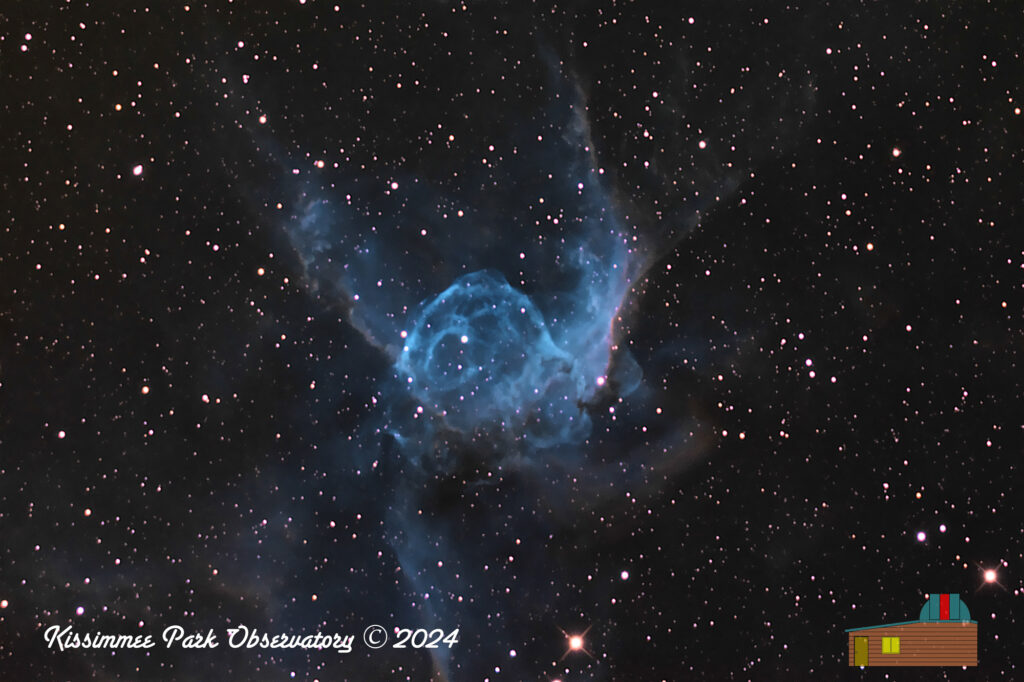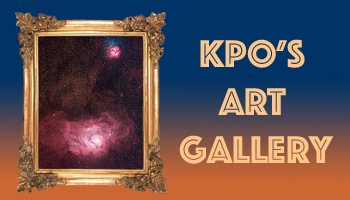Unveiling the Scientific Significance of Thor’s Helmet Nebula: NGC 2359
A Celestial Marvel in Canis Major
Thor’s Helmet Nebula, designated NGC 2359, stands out in the vastness of space as a remarkable celestial formation located approximately 15,000 light-years away in the constellation Canis Major. Named after the Norse god of thunder, this nebula exhibits a distinctive shape resembling a cosmic helmet, attributed to the presence of a massive Wolf-Rayet star at its core, known as HD 56925.
The Influence of a Wolf-Rayet Star
The Wolf-Rayet star at the heart of Thor’s Helmet Nebula is characterized by its extreme temperature and intense stellar winds, which interact with the surrounding interstellar gas and dust, shaping the nebula’s intricate structures. These structures, comprised primarily of ionized hydrogen gas, manifest as filaments, wisps, and knots that are illuminated by the star’s radiation, resulting in a striking visual display against the backdrop of space.
Insights into Stellar Evolution
Beyond its aesthetic appeal, Thor’s Helmet Nebula serves as a valuable object of study for astronomers seeking to understand the complex processes governing the evolution of stars and galaxies. The intense radiation and stellar winds emitted by HD 56925 play a crucial role in influencing the dynamics of the interstellar medium and triggering the formation of new stars within the nebula.
Thor’s Helmet Nebula: A Window to the Cosmos
Furthermore, the presence of a Wolf-Rayet star like HD 56925 offers insights into the latter stages of stellar evolution, as these stars are approaching the end of their life cycles and are expected to culminate in dramatic supernova explosions. By studying the properties and behavior of such stars, scientists can deepen their understanding of the mechanisms driving stellar evolution and the lifecycle of galaxies.
Conclusion
In summary, Thor’s Helmet Nebula, with its captivating appearance and scientific significance, serves as a fascinating subject of inquiry for astronomers. Through careful observation and analysis, researchers continue to unravel the mysteries surrounding this celestial wonder, shedding light on the fundamental processes shaping the cosmos.
Image Info
- Imaged from the Kissimmee Park Observatory, in Saint Cloud, Florida
- Camera : ZWO ASI2600MM Pro
- Scope: Orion RC-12 Ritchey-Chretien Astrograph, 2450mm fl, F/8
- Mount: iOptron CEM-120
- Hydrogen Alpha: 21 subframes of 300s = 105 min integration
- Oxygen III: 22 subframes of 300s = 110 min integration
- Sulphur II: 21 subframes of 300s = 105 min integration
- Total integration time: 320 min = 5.3 hours.
- Captured via ASIAir Pro automation
- Optical tracking via ASIAir automation via the ASI174mm Pro guide camera
- Separate channels stacked and SHO4 integrated in Astro Pixel Processor
- Image run through Super DeNoising
- Final processing in Aperture


